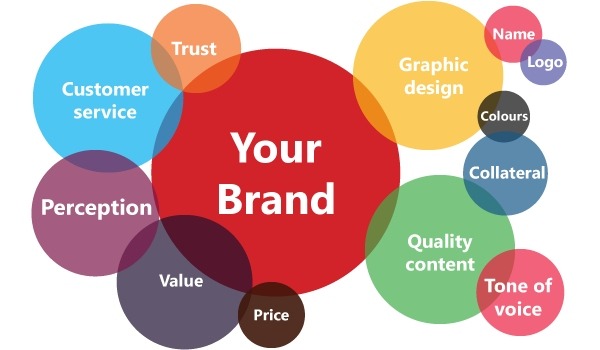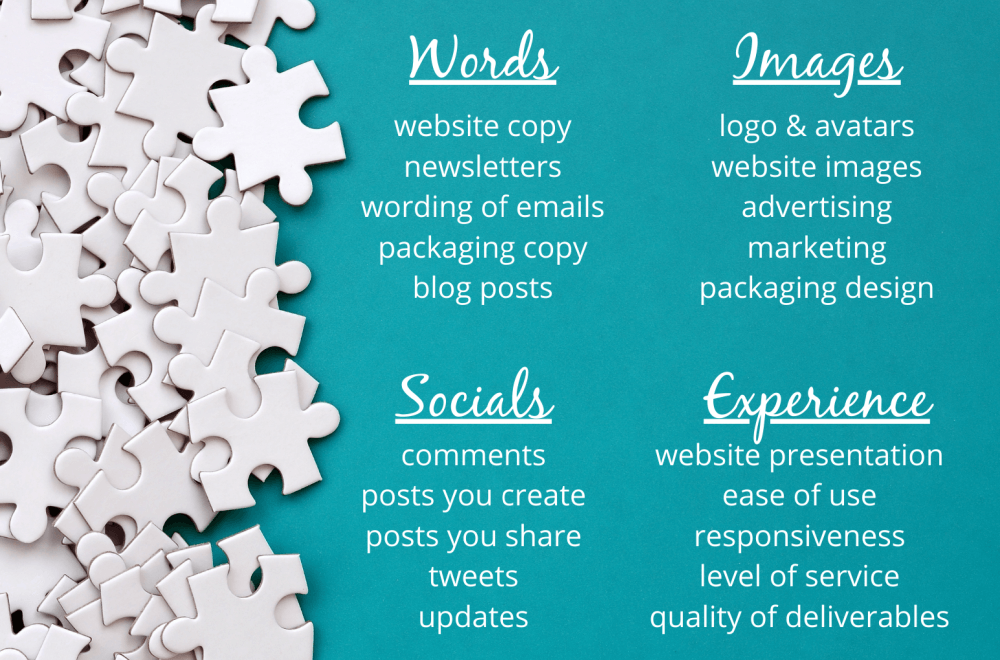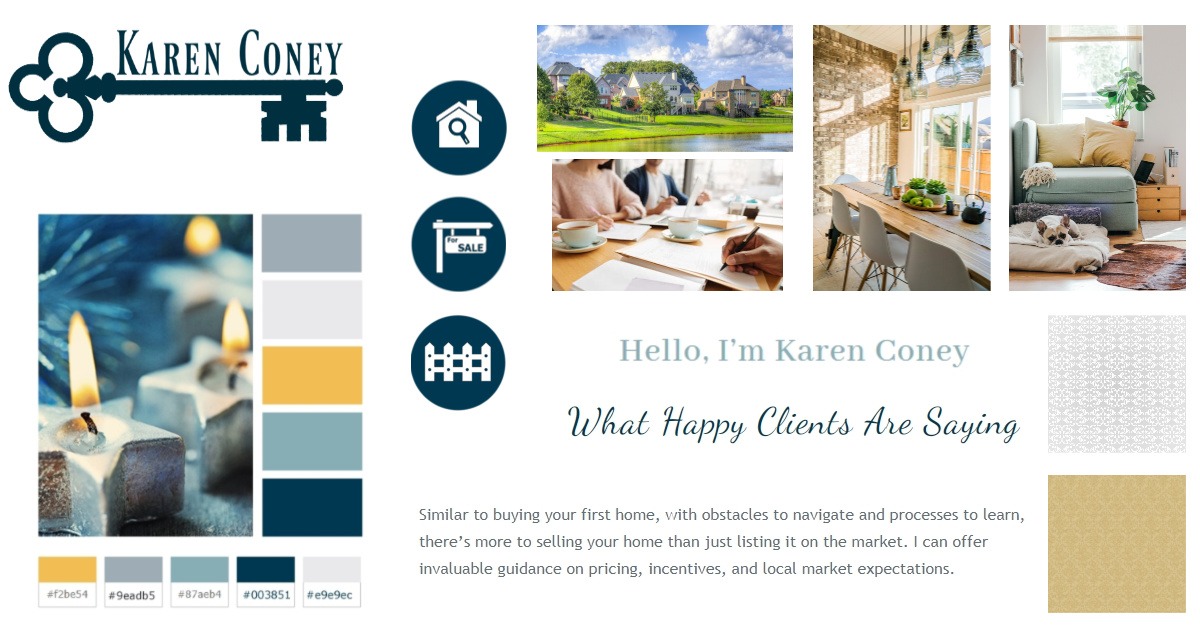Brand identity is what defines who you are and how people perceive your brand.
Branding, when done well, is unique to a business. It’s how your customers identify you, and what sets your business apart from the competition.
A great brand knows who their target audience is and how to appeal to those people. Knowing that your ideal clients are 30-something women who live in Atlanta, have young kids and love coffee is great… but how does that impact your brand? How do you market yourself so that those exact people will be drawn to you specifically?
To position your brand well, you must see your business through the eyes of the customers you want to attract.
Equally important as knowing who is in your target audience is knowing who is not. The Bad Yogi, one of my favorite brands, does a fantastic job of this. They make it clear that you don’t have to exist on kale chips or have reached spiritual enlightenment to benefit from yoga. They welcome good intentions and imperfections and they spell that out right up front.

When developing your brand, it’s important to think about what you and your business stand for. What values does your company hold dear?
As you start to establish your brand, it’s important that you meet customer expectations with every offer your make, ad your run, and cause you endorse.
I’ve seen businesses try to appeal to everyone, and not carve out a niche; they diluted their brand to the point that it dissolved.
If a small neighborhood gym offers a hip hop dance class, a calming meditation class, a hard-core boot camp and a Mommy & Me movement class, the customer base is understandably confused. Each of these has a different target audience, and requires different messaging.
“To get an effective response to your marketing efforts in this crowded global economy, you need to build your business into a brand.”
– Shannon Whealy, The Mogul Mom
Though branding plays an important role, many businesses do not take the time to ensure its branding is accurate and consistent.
Try to identify your brand’s personality. What words would you use? Outgoing, brainy, rustic, urban, inspirational, down-to-earth?
These words can be a guide as you develop your brand further, since you will be able to ask yourself, “Does this fit with my brand’s personality?” or “Would my brand share this article or support this cause?”

Once you figure out your brand identity and personality, stay true to it. Be consistent.
A great brand is easily recognizable. All of the visual cues that people will associate with your brand must be selected with careful consideration. This includes your:
- logo and tagline
- fonts and colors
- imagery
- website
- social media accounts
- printed materials
- email signatures
- professional profiles (like LinkedIn)
“Brand consistency begins with coordinating your assets across every space where your company has a footprint.”
-Steve Harvey, Fabrik Brands
Use care in choosing the people and other businesses your brand interacts with. They should share the same values as your members. A serene, restful spa that aligns itself with a holistic yoga studio succeeds in creating the consistent vibe that customers crave. That union makes sense, and reinforces each brand.
Likewise, you wouldn’t want to create a cool and funky website if your office space is sophisticated and traditional. Online and in-person experiences need to be the same.
All of your messaging should be in your brand voice. One catering company may have a “Come on down and sample our vittles” voice where another has a “Experience our exquisite cuisine” voice. Once you’ve chosen a voice, stay true to it to avoid confusing your followers.
How I Can Help You Brand Your Business

When I design a website for a client, I create a style board similar to this one for a local realtor. I focus on creating a cohesive look & feel across all branding elements: including logo, tagline, fonts, colors, content, style and tone.
These visual elements will be repeated everywhere your customers will interact with your brand: on your website, on social media and in any printed materials.
Note: If you have partners, employees or contract help working with you, make sure you share your style guide so they understand your branding guidelines. You don’t want people diluting your brand and creating confusion because they weren’t informed.
Your initial style board will include:
2 – 3 primary colors that complement each other and that really give off the vibe of your brand’s personality (fresh, luxe, gritty, etc.) and 3 colors that coordinate.
3 patterns to use as backgrounds.
3 fonts that are in keeping with your brand’s personality traits. It can be tempting to use lots of different fonts, but we will resist that urge.
3 images that are on-brand (similar colors, personality, etc) that will resonate with your audience.
Worked with a brand designer?
The style board is appropriate for startups. If you have a more established brand, a more detailed Website Style Guide may be a better choice for you.

